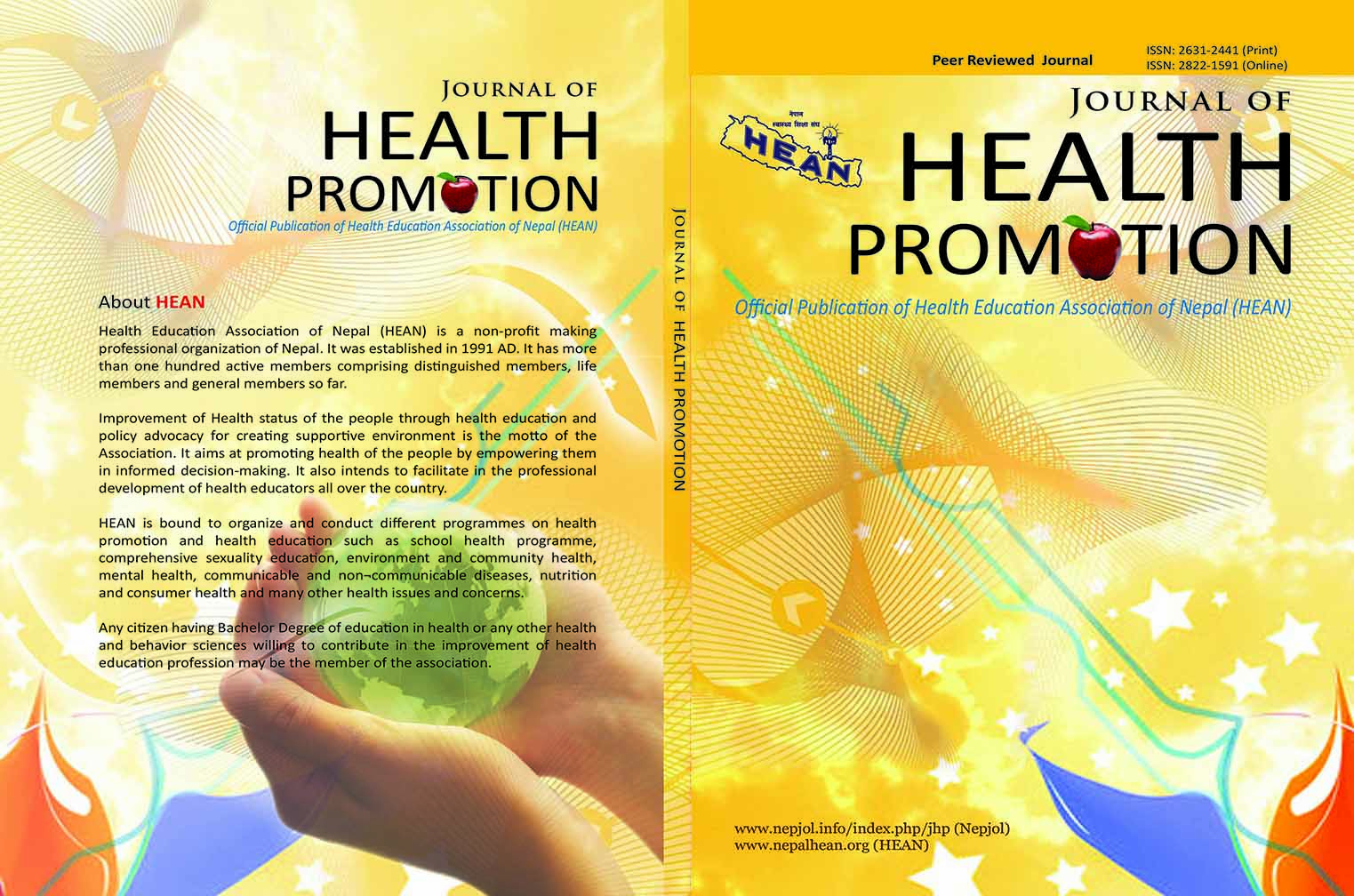Menstrual Hygiene Management and Practices in Campuses
DOI:
https://doi.org/10.3126/jhp.v8i0.32987Keywords:
Physical facilities, absorbent materials, menstrual practice, dysmenorrhea, taboosAbstract
Studies on menstruation hygiene management (MHM) in education have focused mostly on adolescent school girls indicating the need to investigate this particular phenomenon in the context of higher education. In this study, I wanted to explore the experiences of female students and teachers during menstruation while they are at the campus and document them to unpack the realities of the phenomenon to persuade the campus authorities for better MHM on the campuses. Using the qualitative design, the study is aimed at exploring and probing students and teachers on their MHM practices. This research has nested the life experiences of myself and participants of purposively selected two constituent and one affiliated campuses of Tribhuvan University in the Kathmandu Valley. In-depth interviews with six teachers and focus group discussions with six groups of students were included in this study. The research revealed multiple issues during menstrual hygiene management that include lack of appropriate water sanitation and hygiene (WASH) facilities, no access to emergency absorbent during menstruation, no provision of pain killer medicines during uterine cramps (dysmenorrhea) and back-aches and no provision of dust bin for absorbent disposal. This indicates that higher education institutions in Nepal need to pay more attention to ensure dignified menstruation on campus.
Downloads
Downloads
Published
How to Cite
Issue
Section
License
© Health Education Association of Nepal (HEAN)
Authors are required to transfer their copyright to the Health Education Association of Nepal (HEAN).
The materials of this publication may be reproduced, reviewed and translated, acknowledging the source "Journal of Health Promotion".




